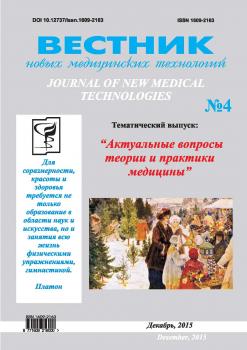The data of studies of the new antioxidant agent Enoxifol (2‐(3,4‐dioxyphenyl)‐9‐ diethylaminoethylimidazo[1.2‐a] benzimidazole dihydrobromide) (10 mg/kg) action on spatial orientation and memory in rats using Morris test in comparison to Mexidol (2‐ethyl‐6‐methyl‐3‐oxypyridine succinate) (100 mg/kg) are presented. Morris water maze test is widely used to evaluate spatial orientation and memory in experimental animals. Mexidol was taken as the native etalon antioxidant drug having the wide spectrum of psychotropic activities. It was shown that Enoxifol significantly 3 fold diminished the time of platform finding at the first day of investigation. Mexidol has a tendency to decrease that index as well. At the second day of testing only Mexidol allowed rats to keep the memorable track, and the time of platform finding was similar to those in the fourth try at the fist day. Enoxifol significantly 4.88 fold increased the rate of reproduction of the information in the repeated study from the first to the fourth try. Thus the conducted experiments allowed to establish the effective action of Mexidol and Enoxifol at the different stages of the memorable track formation and ability of animals for leaning.
spatial orientation, memory, antioxidants, Morris water maze test
Область применения антиоксидантных средств, обладающих ноотропными свойствами, в современной клинической медицине достаточно широка. Препараты, позволяющие нейтрализовать когнитивный дефицит, назначают при деменциях различной этиологии [12], ишемических и сосудистых заболеваниях головного мозга [15], черепно‐мозговых травмах [16], психических отклонениях, сопровождающих различные патологические состояния [13]опухолевых процессах головного мозга [11], и т.д. В патогенезе всех вышеперечисленных заболеваний одним из ключевых моментов считается развитие оксидативных повреждений клеток ЦНС. Клетки ЦНС обладают крайне сложной организацией, высокой степенью дифференцировки, медленной скоростью восстановления и зачастую несут не только нейрональную, но и гормональную нагрузку. Активация процессов перекисного окисления липидов (ПОЛ) приводит к нарушению трофики, процессов восстановления и повреждению генетического аппарата нейронов. В силу вышеперечисленных фактов поиск средств, позволяющих нивелировать оксидативные повреждения и восстанавливать морфологическую структуру и функцию нейронов, является актуальной задачей психофармакологии.





